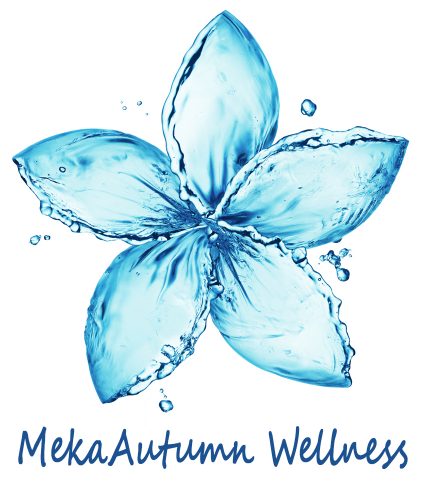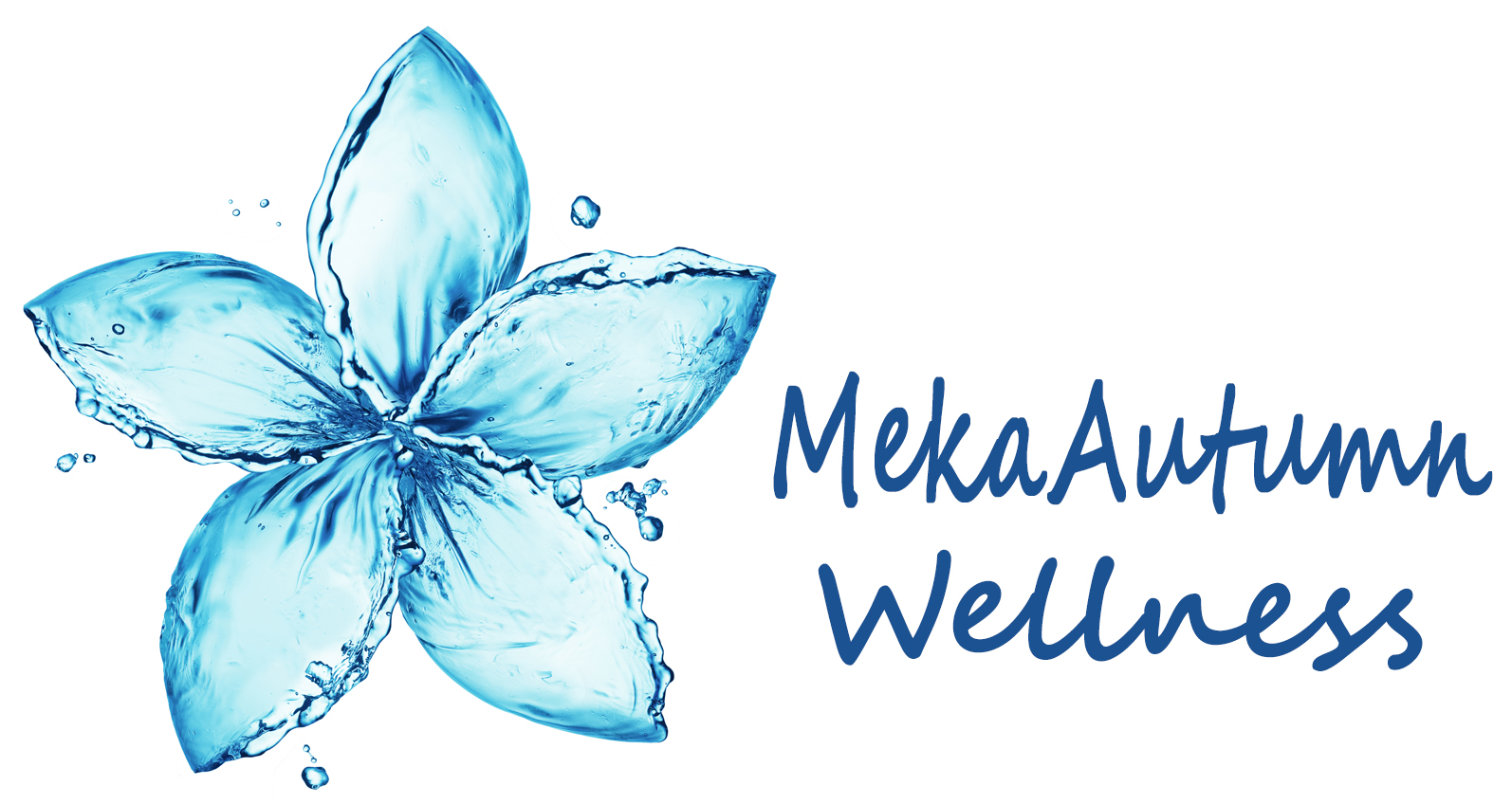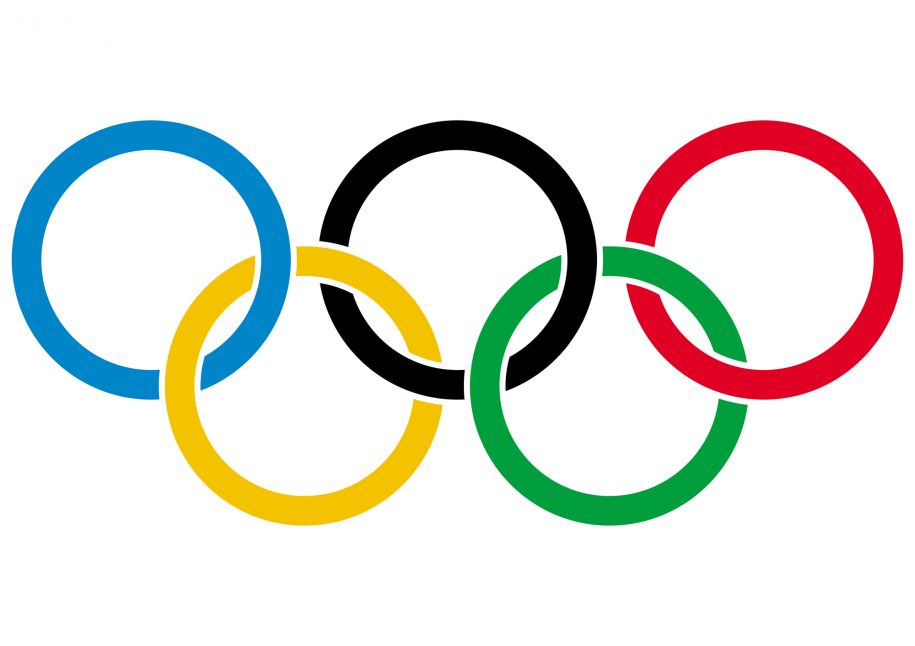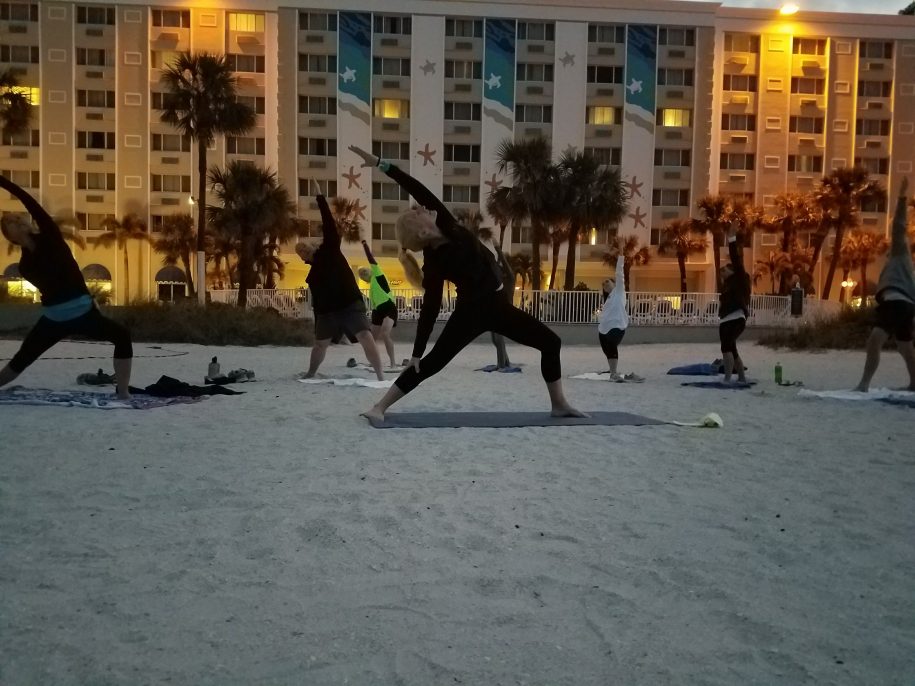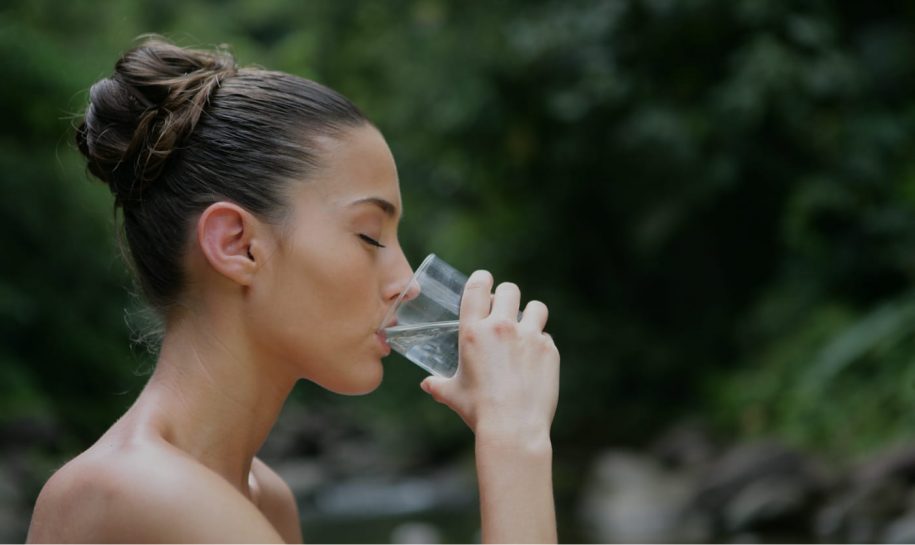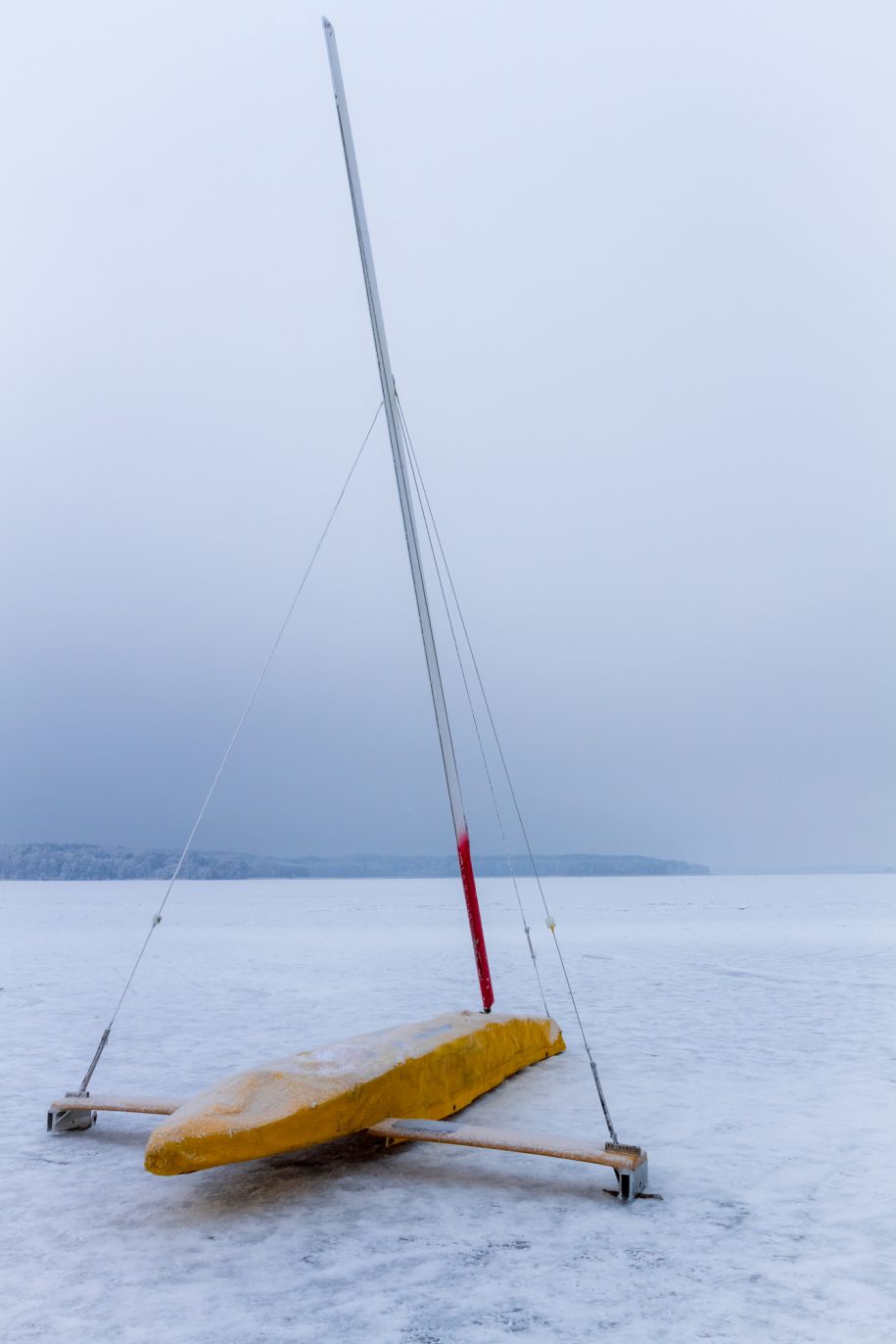
Cold Weather Sailing
SAILING FIT
By: Meka Taulbee
ACE certified Personal Trainer
SAILFIT Inc
Keeping warm and warmed up!
When we think about sailing most of us envision crystal blue waters and balmy breezes. Unfortunately we aren’t always so lucky especially now that winter is upon us. Many of the venues may be warm on shore, but once you are on the water the combination of the water temperature and the wind can make things pretty cold. Some venues are just downright cold before, during and after racing. These varying conditions can really take a toll on your body and hence your performance. The good news is there are several ways to help minimize these effects and to keep your body warm.
To better prepare to stay warm I think it is important to understand a few of the effects that the cold has on your body. When your body gets cold lower amounts of blood are circulated to your extremities causing a feeling of numbness. I am sure most of you have experienced a time when you couldn’t feel yourself holding the mainsheet or you had to pry your fingers off of the tiller. Your muscles also tend to contract faster and your body starts to shiver in order to create activity to produce heat. When you shiver you are expending your energy reserves and therefore left with less energy to put into your sailing. Also when not as much blood is circulated to your extremities it causes a feeling of sleepiness. This tired feeling affects your reaction time and your awareness level. You are not able to make decisions as quickly and can cost yourself a lot of points by missing out on a crucial opportunity.
The best way to conquer the cold is to start before you even leave the dock. The biggest mistake I see is when sailors wander into the boat park, shivering, after eating a big yacht club breakfast. Now all the blood is going to help you digest this big meal instead of circulating to the rest of your body. By the time you are done digesting you are in your sailing gear and heading out onto the water. You’ve given your body no time to warm up and prepare for what you are about to put it through. I would suggest getting in a light jog or a brisk walk to start your day. This will get your muscles warmed up and get your metabolism moving. Once your metabolism is fired up it will help keep your blood circulating and help to keep you warm. Once your muscles are warmed up they are ready to react and respond better to the activities of the day not to mention less prone to injuries. Then I would hit the shower and make it a hot one! For breakfast one of the best suggestions I can give is hot oatmeal or plain scrambled eggs and some fruit. Oatmeal will help you feel warm inside and it digests slowly and easily. These options will give you more sustained energy and your body won’t have to use all of its energy just to digest. The next thing to think about is what to wear. A hat is always important because it helps keep the heat in. One of the biggest places heat escapes our bodies is our head. Think of it in the opposite situation. When it is hot and you start to perspire most times perspiration starts around your face and your head. Try to choose a hat that can either be wrung out easily or that won’t hold much water if it gets wet. You also want to pick clothing that you can layer. This way if you get hot or if something gets too wet you can take off one layer without loosing too much warmth. For example, a rash guard, a hot top and then a spray jacket. One suggestion is to wear your life jacket under your Spray jacket. When it gets wet it just keeps that cold water pressed against your body. Why not use it to give some insulation instead. You may want to consider taking an extra pair of gloves with you. If it’s a long day on the water a dry pair of gloves may make a big difference. Last but not least if you like to sail barefoot now would be a good time to consider boots. A nice pair of Polypropylene socks will help keep your feet warm and dry. Polypropylene will keep the moisture away from your feet if they do get wet and they will dry very quickly.
Now that you are ready to rumble on the race course there are some key things you can keep in mind to stay comfortable during the day. If you have a support boat this will be a lot easier, but usually it is not too hard to find someone to help you out. If it is really cold you may think about wearing a foul weather jacket on your way to the race course. Then between races you can put it on and stay nice and warm. Don’t forget that as cold as it may be you will still work up a sweat and as soon as you stop moving it will seem twice as cold. Try to choose clothing that has a “wicking” action or will transport moisture away from your skin, otherwise moisture will freeze and negate the insulating value of the clothing. When you stop moving your body will slow down to try to conserve heat. Try to eat a small snack in between each race. This will keep your metabolism fired up and will help keep your blood sugar levels from dipping to low causing a sluggish feeling. It will also help your body produce more heat instead of going into conservation mode. Most times you just want to take it easy between races and regain and conserve any energy you can. When it is cold you actually want to do the opposite to achieve the same effect. Nothing too extravagant, something as simple as stretching will do. You can even try alternating between standing and sitting in your boat while you wait.
Now that the racing is over and you have successfully made it through with out turning into a human Popsicle there are just a few more tips to end your day on the right note. As soon as you get back to land try to hit the shower first before you completely de-rig and get into some dry clothes. Even if you can’t get a shower in, get into some dry clothes. Being dry will prevent any moisture from freezing or lying against your body. It will make you feel so much warmer and really make de-rigging a lot more pleasant. It’s easier to get the lines untangled when you can feel your fingers! When you can get a shower in, stretch while you are in there. The heat will loosen all of your muscles and really help you get a better nights rest and ultimately a better outlook on the next day. Try to get another small snack after you get off the water to keep that metabolism boosted and producing heat. When you are all done, have a nice dinner, check the results and relax! You made it through the day.
These are just a few tips. If you want more information on this topic or have any questions about other fitness/nutrition topics don’t hesitate to ask me. You can visit www.sailfit.com or email me at meka@sailfit.com.
Happy Sailing-Meka
